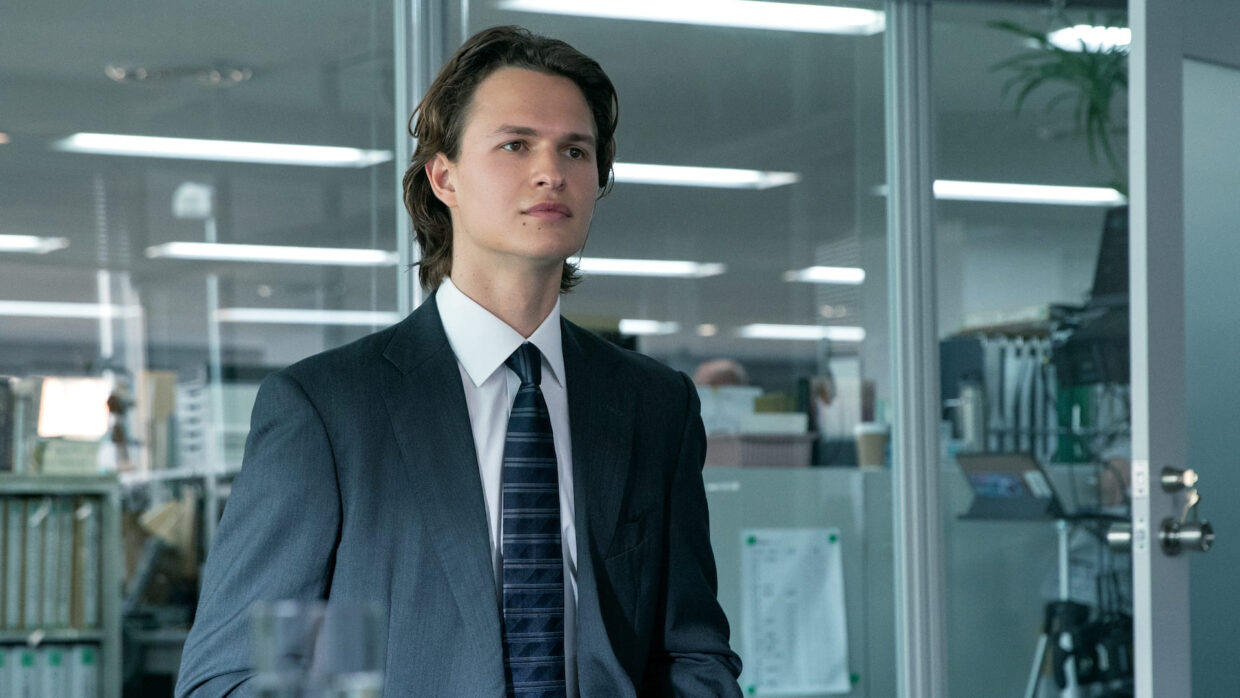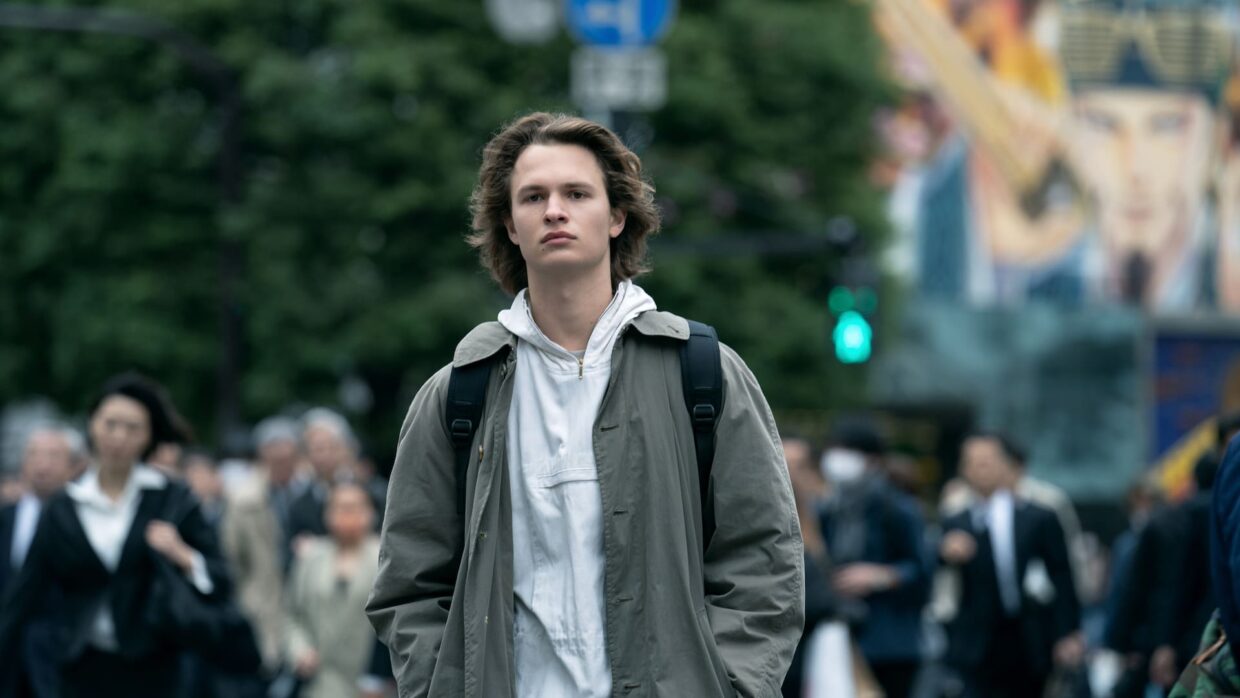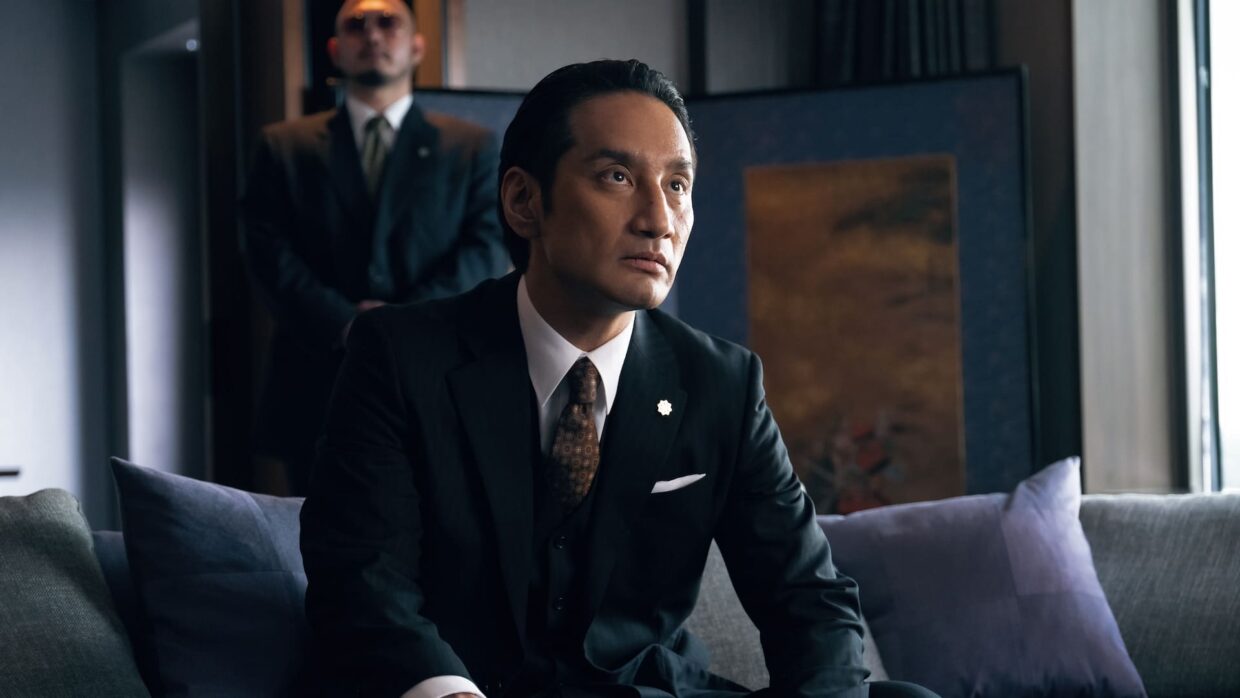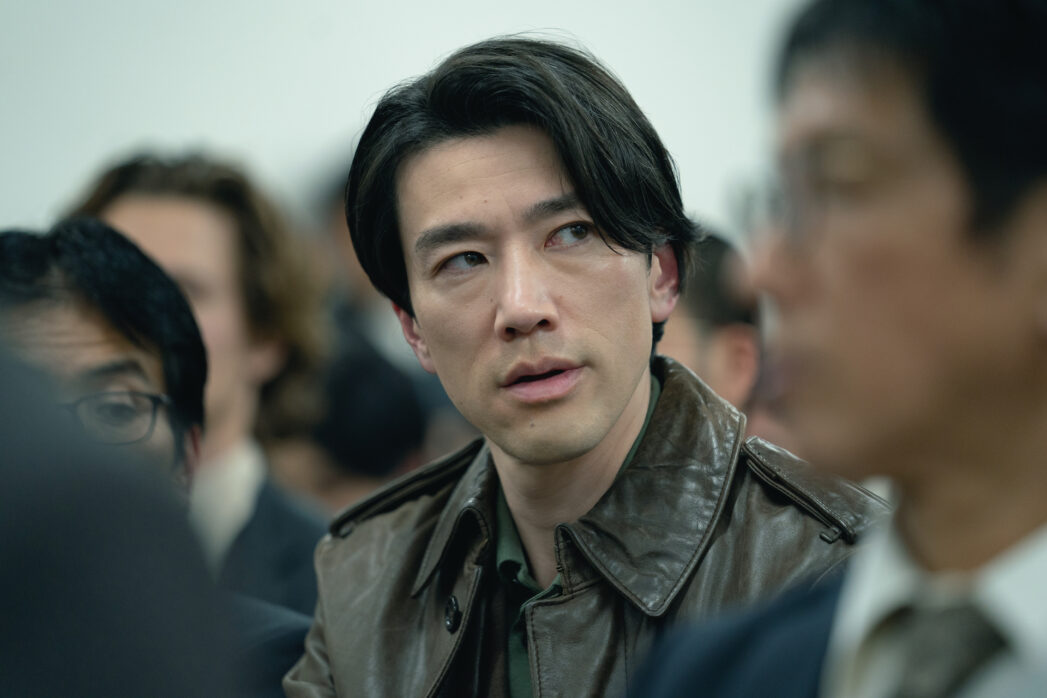
By Gen Terblanche12 April 2024
How Tokyo Vice went back to the 90s
Back in the early 1990s, American Jake Adelstein became the first non-Japanese person ever to pass the reporters’ entrance exam for the Yomiuri Shimbun, one of Japan’s biggest daily newspapers. He went on to report extensively on local crime between 1993 and 2005, even making contacts within Japan’s underworld, the yakuza, and the Tokyo police force. While local reporters were adept at tackling political and business corruption scandals and they could (and did) break stories big enough to bring down governments, there were still certain lines they couldn’t cross without endangering their families and friends. Jake, however, was able to leverage his outsider status to break certain rules that applied less rigidly to him as an outsider.
When screenwriter JT Rogers (who knew Jake from high school musical theatre classes) adapted Jake’s memoir, Tokyo Vice, into the HBO crime thriller series of the same name, he was already part of the story. Years back when a Japanese mobster had stolen Jake’s address book to intimidate him by threatening people close to him, JT was one of the people he phoned and threatened! JT then went on to research the story himself, travelling to Tokyo a number of times to speak with everyone from ex-yakuza, to journalists.
Tokyo Vice, under JT and executive producer Michale Mann (Luck), went all-out in their aim for that level of authenticity as they shot on location in Tokyo between 2020 and 2021. Here’s how they brought Jake’s story, and 1990s Tokyo, to life on screen.
Binge Tokyo Vice Season 1 on Showmax now.
Locations

For scenes that weren’t shot on a soundstage at Toho Studios, the Tokyo Vice team handpicked locations that would be fresh to Western audiences, but still had a timeless look and feel, like the Chiyoda Inari Shrine in Dogenzaka, Shibuya, which appears in a spectacular scene in the opening episode. Other locations were chosen for being little changed since the 1990s. The shooting of a murder scene filmed on the Hijiri Bridge (also in the first episode), for example, was specially timed so that the cameras caught the 1990s-era trains as they passed, according to timetable, along the Marunouchi Subway Line and Chuo Line in the background. Vintage game lovers might recognise the Ikebukuro Mikado Game Center (seen in episode 2), which was perfect for the show as they famously have no gaming machines post-dating 1999. And while the original Toranomon Okura Hotel was demolished in 2010, production could still film in the lobby, as it was built to duplicate the original design, which dated back to the 1960s.
Along with these relatively well-known landmarks, location manager Masanori Aikawa negotiated with local homeowners and businesses in the older Shitamachi area in the northern part of Tokyo, which is still largely unchanged since the 1990s. It needed a degree of diplomacy and an intimate understanding of Japanese culture, as location scouts spent a long time talking to neighbourhoods to sell them on the idea, then not using the space, then having to go back later with gifts and apologies when it turned out the director wanted the space after all!
Tattoos
Husband-and-wife tattoo artist team Hiroshi and Minako Takebayash (whose past clients included real-life yakuza) were brought in to create temporary versions on gangster characters like Tozawa (Ayumi Tanida) using stencils, airbrush, and body paint. Tozawa’s designs – which used just green, black and red ink – took six hours to apply, with four artists on the job, and would last at most two days. It was intricate, thoughtful work. Hiroshi and Minako took into account not just the story behind the designs like the dragon on Tozawa’s back, but how the ink would have faded in places as he aged, and how age and body change would affect the thickness of the lines.
1990s style

Much of the credit for getting the 1990s right goes to Tokyo Vice production designer Kikuo Ohta and costume designer Kumiko Ogawa, who researched both the time period and the underworld extensively. This is not your grunge and neon 1990s. The yakuza in the 1990s, before their fall, were known for their stylish, non-conformist tailor-made suits (compare what Tozawa wears with the more loosely constructed style worn by his rival Ishida, played by Shun Sugata). They had flashy, retro cars like the Toyota Century and Nissan President. And their offices and homes showed off lavish wealth. But from the Yakuza to the night owls, while people dress in Comme des Garcons, Issey Miyake, B.I.G., and Moga, the big European designed brands hadn’t caught on yet. You won’t see much status chasing through labels, although sneaker-heads will get a kick out of one on-screen debate on the relative merits of Nike Dunks vs Bathing Apes.
PS: While the yakuza are showing off, there’s something that isn’t cluttering their space as much as it is every other business, police station, home and newspaper: paper. With Japan in the 1990s still replying heavily on the fax and hard copies for communication, paper heaps up everywhere on screen.
Language

JT had a whole team working on the scripts. He’d write in English, then have scripts translated into Japanese. Those rough scripts then went to specialists who’d make sure that lines matched the characters and how they’d speak to someone who was yakuza, vs a cop, someone older or someone younger, a man or a woman. And even on-set executive producer Alan Poul and actors like Ken Watanabe (who plays police detective Hiroto Katagiri) would refine the scripts if they believed that the translation, while correct, didn’t match the intention of a scene.
Actor Ansel Elgort also had to learn to speak comfortably in Japanese (really stepping things up and studying four hours a day when production went on a break during the Covid lockdown). He didn’t just “talk the talk”. Michael Mann set Ansel up with ex-LA Times reporter James Queally, who gave him a crash course in journalism before sending him out on the street to follow up police reports from the LAPD and get quotes on incidents (including one in which a man armed with a machete robbed an auto parts dealer) from witnesses before writing his own articles. When he arrived in Tokyo, he was paired with Japanese journalists and went through the process to understand how differently things would have seemed to Jake.
Ready for your own trip to 1990s Tokyo now? Binge Tokyo Vice Season 1 on Showmax.
Also watch: The press pack
Got a nose for the news and want to investigate the media machine from the inside? Have a go at these five series:
The Newsroom: Veteran investigative reporter and news anchor Will McAvoy is forced to break in new colleagues and show them the principles behind responsible reporting after his old team at the Atlantis Cable News Channel abandons ship in this Aaron Sorkin drama.
Succession: The Roy family, owners of the powerful global media and entertainment conglomerate Waystar RoyCo, engage in a vicious power struggle as the company’s founder and the family’s patriarch unexpectedly resigns.
The Murdochs: This documentary series explores the rise of media tycoon Rupert Murdoch, how his stranglehold on news organisations around the globe drives politics, and the ongoing battle within his family over who’ll inherit his position. If you thought Succession was exaggerating, it’s not by much!
The Wire Season 5: The final season of crime drama series The Wire centres on a fictionalised version of the Baltimore Sun newsroom, as reporters expose the roles of the Baltimore police department, city hall, and the Stanfield crime syndicate, in the city’s epidemic of violence and poverty.
The Bold Type: Based on the adventures of former Cosmopolitan magazine editor-in-chief of Joanna Coles, this comedy drama series follows the lives of three millennial women working at the fictional Scarlet magazine.
More HBO and HBO Max hits to stream

Music Box: Yacht Rock: A DOCKumentary (2024)
This documentary chronicles the world of soft rock epitomised by artists such as Christopher Cross, Michael McDonald, Kenny Loggins, Steely Dan, and Toto in the late 1970s and early 1980s.

Binge five of the 10 biggest Emmy nominees on Showmax
Showmax has 5 of this year’s top 10 Emmy-nominated titles, from The Penguin to The White Lotus — all ready for you to stream now.

Last Call: When a Serial Killer Stalked Queer New York S1
This intense and emotional book-inspired documentary tells the story of a serial killer who preyed on gay men in New York City in the early 90s.

Duster S1
Working on taking down a crime syndicate, the first Black female FBI agent recruits a gutsy getaway driver in this gritty series set in 1972.
